You know, I’ve always been fascinated by subway systems. Maybe it’s the hustle and bustle of people going to work or maybe it’s how all those trains manage not to run into each other. Whatever the case may be, they say a lot about a city, don’t you think? Well, today we’re jumping on a journey together to explore some of the best subway systems across the US.
Are you ready to discover which city boasts the most state-of-the-art network under its bustling streets? Fasten your seat belts folks – let’s see who takes home the title for having “the best subway system in the US”.
Best Subway System in the US: The Efficiency and Coverage of the New York City Subway System
The New York City Subway system is often hailed as the best subway system in the US, and with good reason. This comprehensive public transportation network, operated by the Metropolitan Transportation Authority (MTA), boasts over 472 stations across its various lines, making it one of the most expansive systems not only in America but worldwide.
Its extensive coverage ensures that almost every corner of this bustling city is accessible via subway, connecting all five boroughs efficiently.
The Efficiency of the NYC Subway System
What makes the New York City Subway truly stand out as arguably the best subway system in the US is its efficiency. The subways run 24 hours a day, seven days a week – a feature that sets it apart from many other cities’ transit systems.
This means no matter when you need to travel or where you’re headed within NYC’s vast urban sprawl, there’s likely an efficient route available for you. And while delays can occur like any major metropolitan transport system, on-time performance has been improving steadily over recent years.
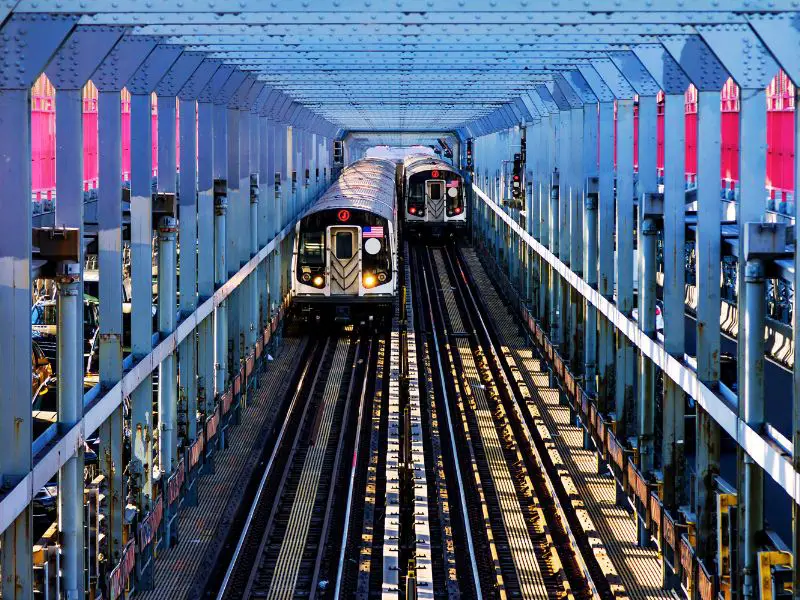
Coverage: A Comprehensive Network
When it comes to coverage, few can compete with what many consider to be consistently among the best subway systems in the world.
The entire Manhattan Island?
Virtually covered.
Bronx and Queens?
No problem either!
Tunnels stretch far into Brooklyn and Staten Island too.
In fact, through this vast interconnected grid of underground tracks covering about 660 miles – more than enough distance to take one from San Francisco to Los Angeles – millions are connected daily. And just imagine trying to navigate ‘The Big Apple’ without these steel serpents burrowing beneath her streets! So next time you step onto those iconic yellow tiles and hear that familiar, almost musical, “stand clear of the closing doors” announcement – take a moment to appreciate what is likely the best subway system in the US, and quite possibly in the world.
Noteworthy Features of Washington D.C.’s Metro
The Washington D.C. Metro, widely considered one of the best subway systems in the US and globally recognized for its efficiency, boasts an array of features that distinguish it from others.
The system’s design is hailed as a paragon of modern transportation infrastructure. It comprises six color-coded lines, effectively servicing 91 stations spread across four states. This intricate network ensures optimal connectivity and accessibility to various city landmarks and neighborhoods.
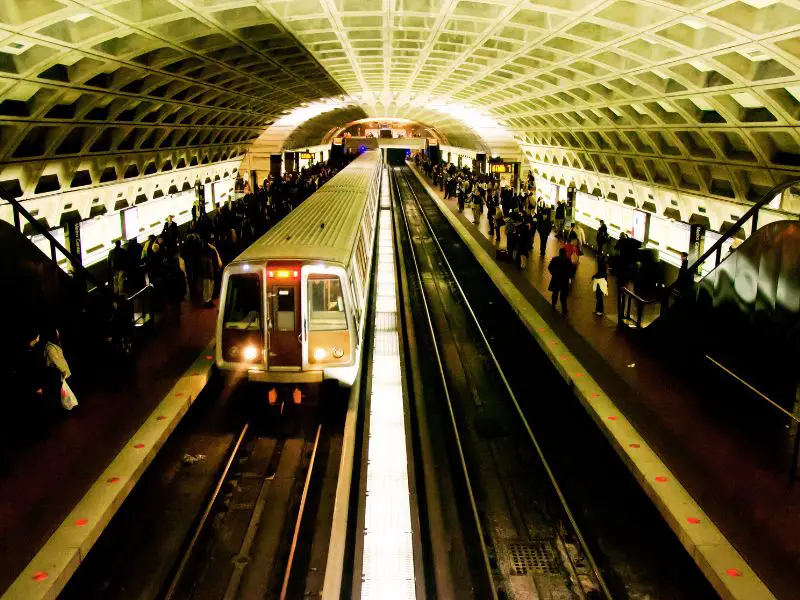
In addition to this remarkable layout, each station follows a consistent architectural theme that not only eases navigation but also imparts a sense of familiarity among commuters. The D.C. Metro stands out for integrating advanced technologies into its operations.
Real-time updates about train schedules displayed on electronic boards at every station significantly reduce waiting times, enhancing the commuter experience. Furthermore, it offers free Wi-Fi access in all its stations – another testament to being arguably the best subway system in the US. Lastly, the smart-trip card system promotes cashless travel while an app provides real-time updates about routes and delays.
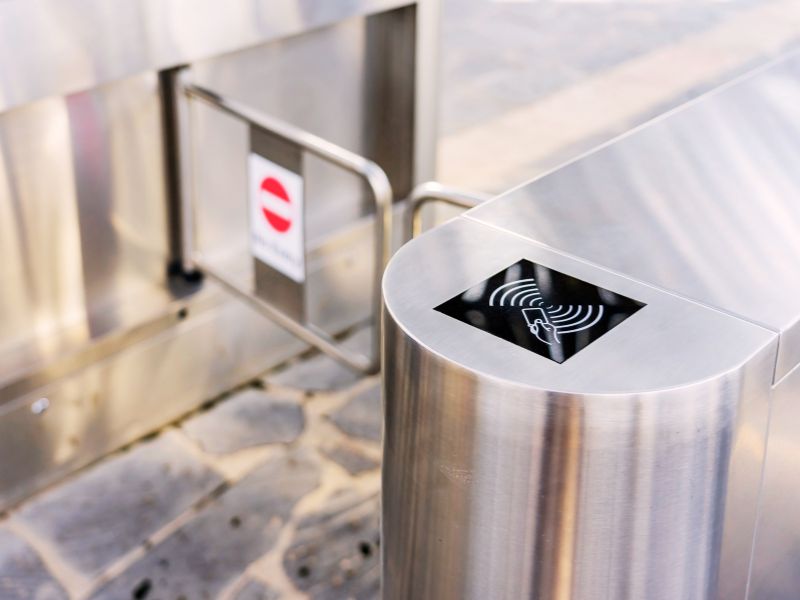
Despite occasional hiccups like maintenance issues or service disruptions, D.C.’s metro continues to evolve with ambitious plans underway for expansion and improvements. This underlines its commitment to providing efficient public transit solutions, thereby solidifying its position as one of the best subway systems in the world. Indeed, humorously put by locals, “You haven’t truly experienced D.C. until you’ve navigated through our famous metro!”
Bearing these noteworthy features in mind, it becomes clear why Washington D.C.’s Metro garners such high acclaim locally, and internationally.
The Modern and Eco-Friendly Aspects of San Francisco’s BART
The Bay Area Rapid Transit (BART) in San Francisco is often considered one of the best subway systems in the US and even across the globe.
This modern marvel not only ensures swift transportation but also works towards sustainability by limiting its carbon footprint. It serves as a shining example of how urban transit can be designed with both efficiency and eco-friendliness at heart.
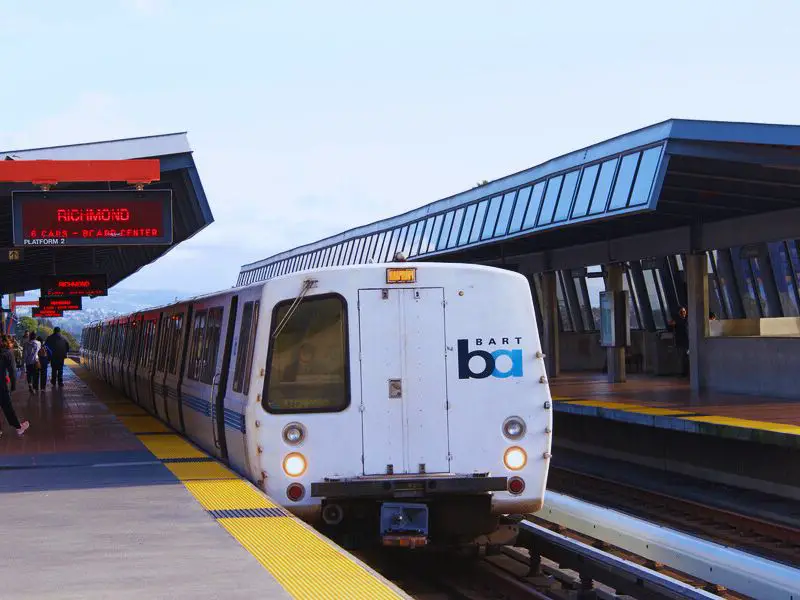
BART employs cutting-edge technology to ensure smooth operations, making it a strong contender for being labeled as the best subway system in the US. It incorporates automatic train control which facilitates precision stopping, thus ensuring passenger safety while reducing energy waste from braking inaccurately.
The use of regenerative brakes capable of returning energy into the power grid further boosts its green credentials. The network’s advanced fare collection system using Clipper cards provides convenience to passengers while streamlining administrative processes.
Not forgetting that BART is an integral part of San Francisco’s commitment to lowering greenhouse gas emissions. BART aims to achieve a 90% renewable electricity portfolio by 2025 and net zero greenhouse gas emissions by 2050.
This ambitious plan certainly sets it apart on the global stage; few other metro networks have such aggressive environmental goals. Passenger-friendly amenitiesEco-conscious initiativesA world-class technical setup.
All these elements combined make BART arguably not only America’s finest but perhaps even ranking as having one of the best subway systems globally.
Advancements and Innovations in the Boston “T” Subway System
The Boston “T” Subway System is undoubtedly one of the best subway systems in the US and in the world. With its first station opened back in 1897, it’s not only steeped in history but also a beacon for improvements and technological advancements.
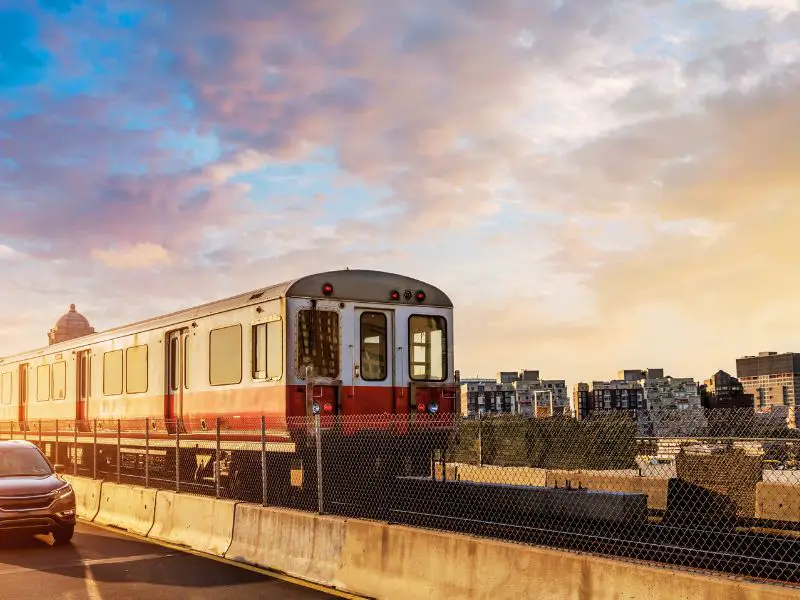
The system operates on five separate lines, each color-coded for easy navigation: Red, Orange, Blue, Green, and Silver. This makes it an accessible network that indeed stands as a testament to American engineering prowess.
The advancements made by this subway system are numerous. For starters, they have implemented Automatic Train Control (ATC), which ensures higher safety levels by controlling train speeds automatically without manual input.
Also notable is their move towards sustainable energy sources with initiatives like regenerative braking technology that allows trains to generate electricity during braking. The Boston “T” Subway System has also taken significant steps towards improving accessibility options for disabled passengers – a testament to how inclusive this best subway system in the US strives to be. Boston’s “T” Subway System, often referred to as ‘the T’, hasn’t stopped at hardware innovations alone; they’ve made strides digitally too.
This includes real-time tracking of buses and trains through GPS technology which can be accessed via mobile apps or web browsers.
This impressive feature allows commuters to better plan their journeys based on live updates rather than static schedules. In conclusion,‘the T’ is more than just transportation; it’s an embodiment of progress – continually striving to offer efficient services while keeping pace with technological advancements globally. It truly holds its position as one of the top-tier contenders for being considered among the “Best Subway Systems” not just across America but globally.
Frequently Asked Questions (FAQs)
Engaging Eco Tips for Sustainable Living: Top Walkable Cities in the World, Live a Zero Waste Lifestyle, What Are Nurse Plants

